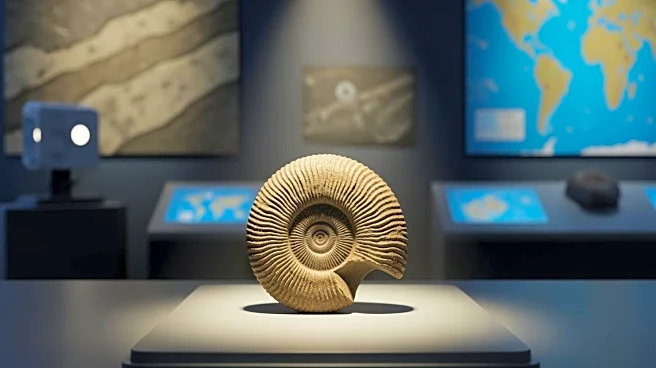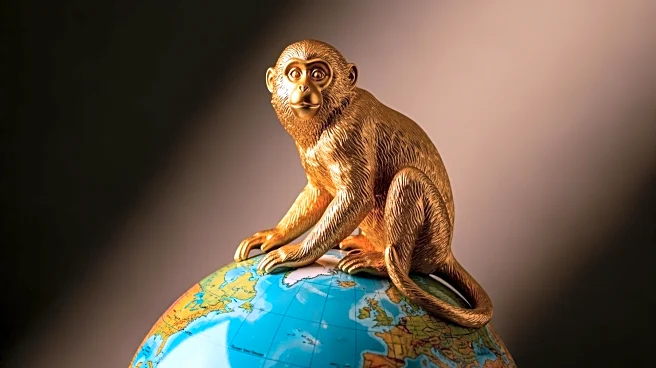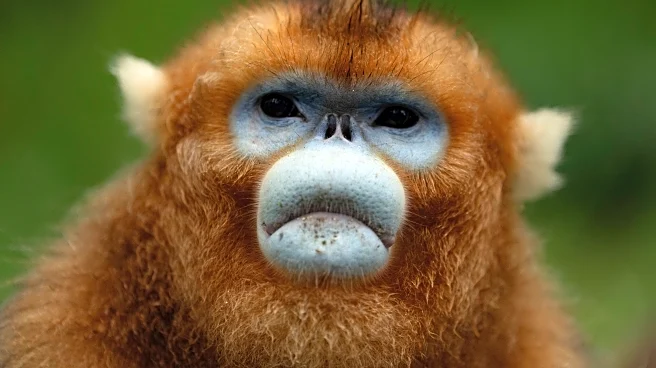What's Happening?
Researchers from the University of Arizona have published a study challenging the prevailing narrative of an ongoing mass extinction. The study, led by Kristen Saban and John Wiens, suggests that extinction rates
among plants, arthropods, and land vertebrates peaked a century ago and have since declined. The research highlights the shift in extinction causes from invasive species on islands to habitat loss on continents. The findings call for a reassessment of extinction predictions, emphasizing the need for accurate data and understanding of current threats.
Why It's Important?
The study provides a nuanced perspective on biodiversity loss, challenging assumptions about accelerating extinction rates. It underscores the importance of accurate scientific analysis in informing conservation efforts and policy decisions. By highlighting the changing drivers of extinction, the research may influence strategies for protecting endangered species and preserving ecosystems. The findings offer hope for conservation success, emphasizing the impact of targeted efforts to mitigate habitat destruction and support biodiversity.
What's Next?
The study may prompt further research into the causes and patterns of extinction, encouraging scientists to refine models and predictions. Conservationists and policymakers may use the findings to develop more effective strategies for protecting species and habitats. The research could lead to increased investment in conservation initiatives, fostering collaboration between scientists, governments, and environmental organizations.
Beyond the Headlines
The study challenges the narrative of inevitable biodiversity loss, offering a more optimistic view of conservation potential. It highlights the importance of rigorous scientific analysis in shaping public discourse and policy decisions. The findings may inspire renewed efforts to address habitat destruction and climate change, emphasizing the need for proactive measures to safeguard the planet's biodiversity.












